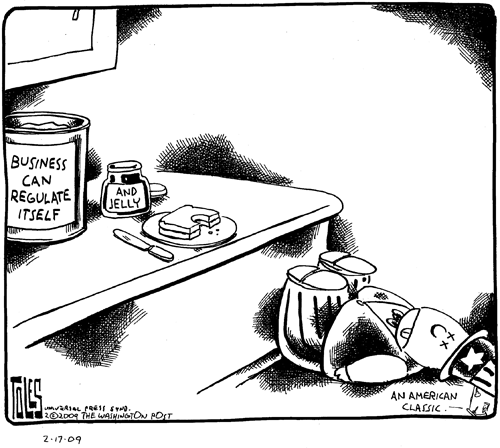Follow the money.
Published research, outside the cozy DAN / UHMS / for-profit insurance-underwriting schema, shows a high incidence of brain lesions and bone necrosis among professional divers. Example? 25% of dive instructors in one recently published study had bone necrosis (and none had a history of any DCS hits).
PUBLISHED STUDY (December 2007):
Dive computer algorithms that may cause long-term harm. This was published in Aviation, Space, and Environmental Medicine. This is a peer-reviewed medical journal from the highly regarded
Aerospace Medical Association (AsMA), which has no financial interest in the recreational dive industry.
Whereas the UHMS journal does not generally publish research that is disruptive to the profit-stream of the recreational dive industry. Sometimes they'll print just the abstracts. Mainstream dive industry publications further abbreviate these abstracts in a few column-inches, typically buried among lots of other news. Doing so protects the industry from a lack-of-disclosure claim that plaintiff lawyers might argue.
But ONLY ScubaBoard provides a forum where such hard-won information can be re-introduced and BROADLY understood.
These risks can be greatly mitigated with smart protocols, like extended safety stops. Conversely, studies of groups of retired Navy divers, who's thousands of career dives adhered to strict protocols, have almost no incidents of bone necrosis and brain lesions.
The long-term health impacts from hyperbaric exposure is probably one of the reasons that NOAA, and other science divers, are strongly discouraged, and often forbidden, from using air on shallow dives.
That said, EAN-60 is not a good idea for the reasons mentioned in earlier posts of this thread. But mainstream EAN 32 / 36 / 40 should help mitigate long-term health issues.
In light of many international peer-reviewed studies revealing potential harms from long-term hyperbaric exposure, albeit not promulgated by DAN / UHMS, I believe it should be mandatory for instructors to use enriched air in the scenario suggested by the OP. The only reason not to require this is a slight additional cost. Non-nitrox shops have had years to play catch-up. Other arguments are just
sophistry with a profit motive.





